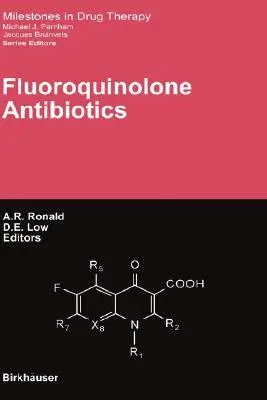Fluoroquinolone Antibiotics (2003)Hardcover - 2003, 1 April 2003

Qty
1
Turbo
Ships in 2 - 3 days
In Stock
Free Delivery
Cash on Delivery
15 Days
Free Returns
Secure Checkout

Part of Series
Milestones in Drug Therapy
Part of Series
Milestones in Drug Therapy Milestones in Drug Therapy
Print Length
261 pages
Language
English
Publisher
Birkhauser
Date Published
1 Apr 2003
ISBN-10
3764365919
ISBN-13
9783764365912
Description
Product Details
Book Edition:
2003
Book Format:
Hardcover
Country of Origin:
US
Date Published:
1 April 2003
Dimensions:
23.39 x
15.6 x
1.75 cm
ISBN-10:
3764365919
ISBN-13:
9783764365912
Language:
English
Location:
Basel
Pages:
261
Publisher:
Weight:
566.99 gm